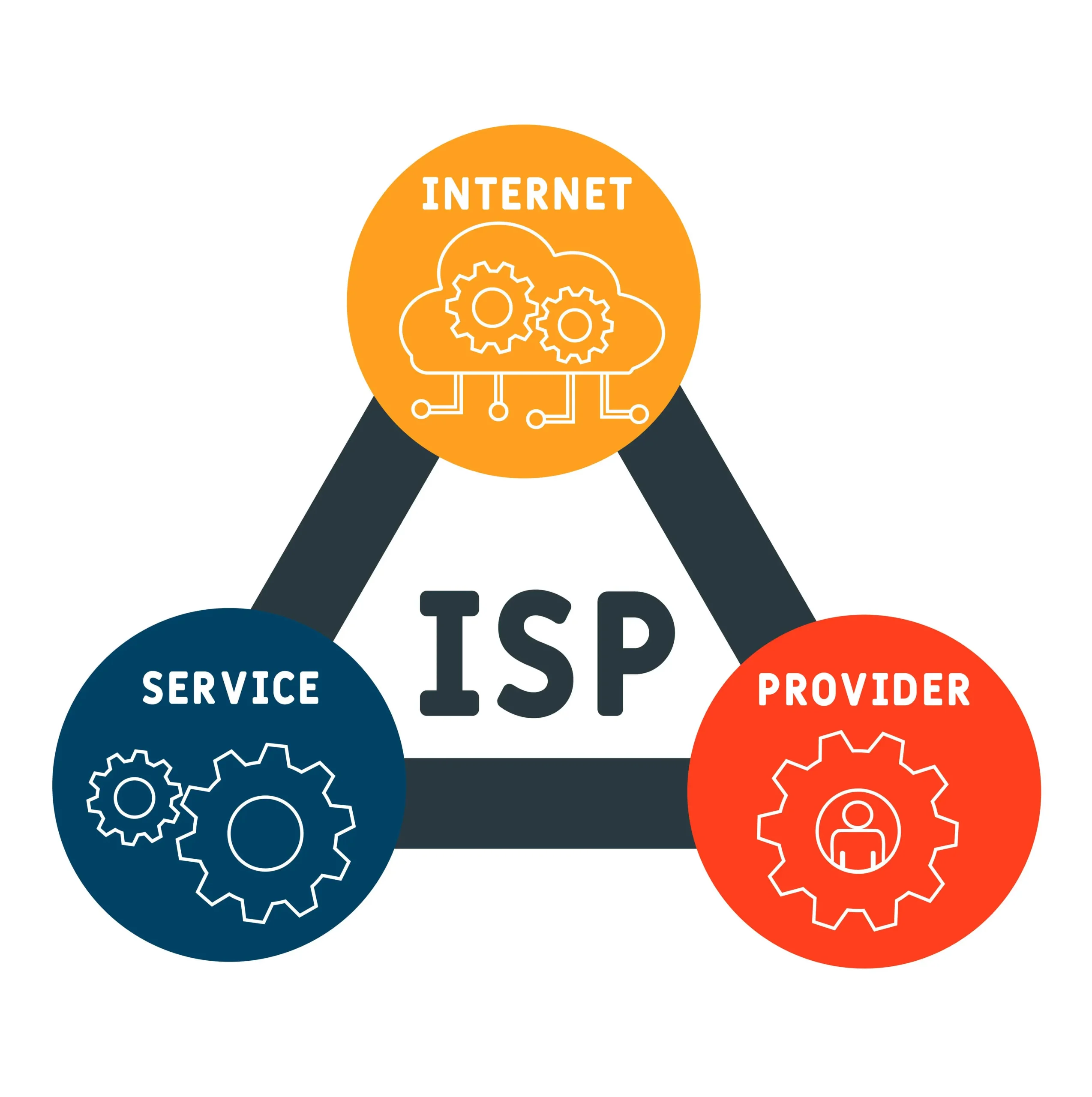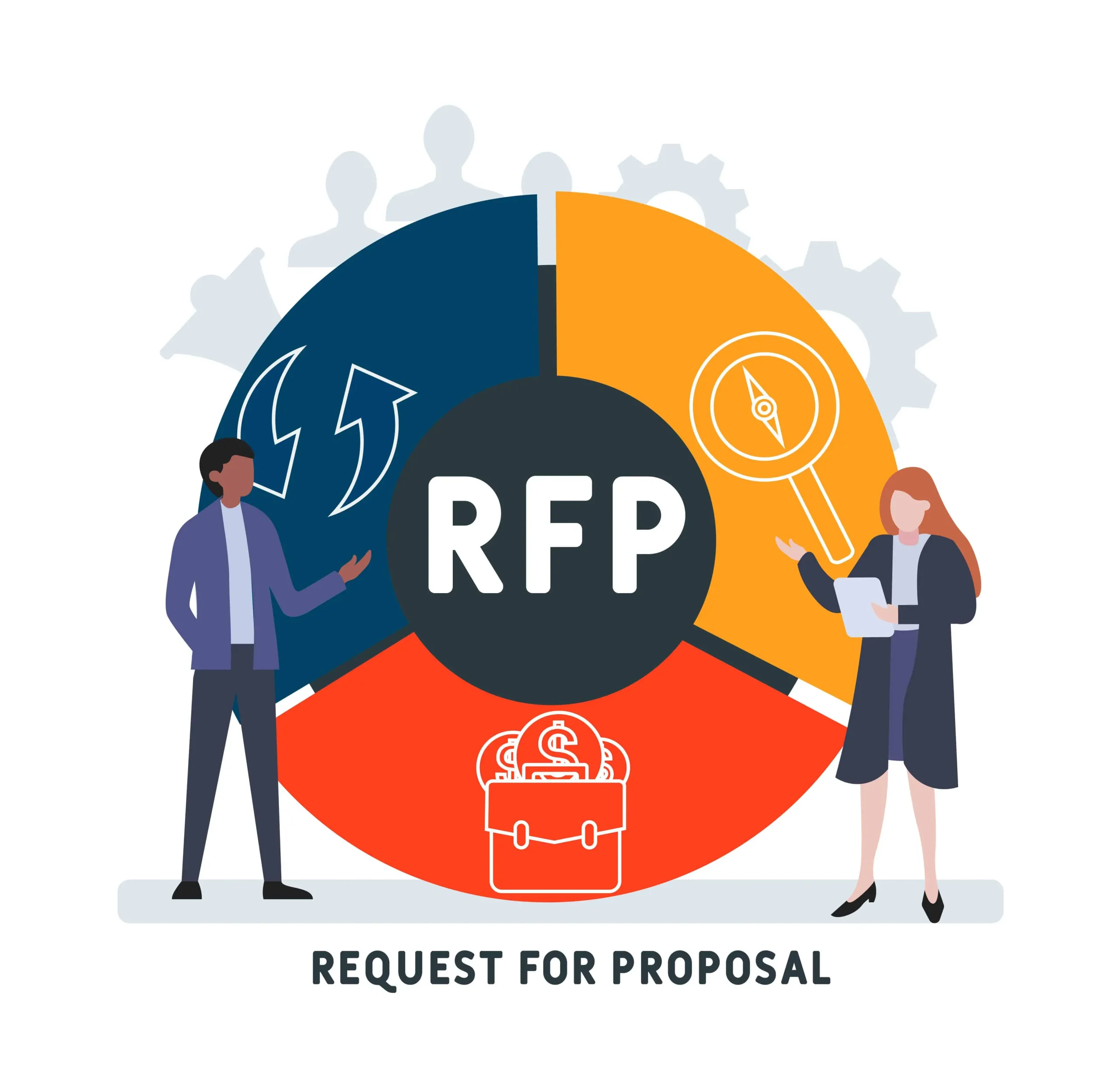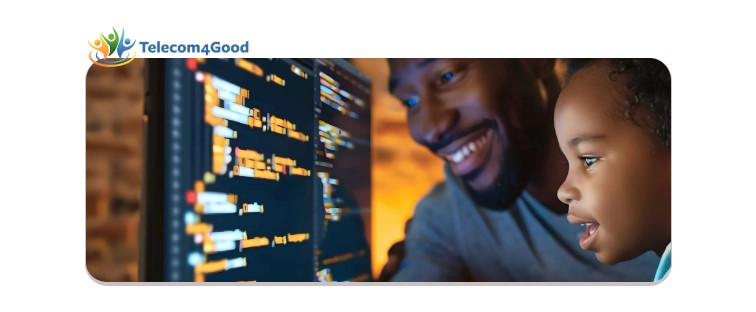Key considerations for non-profit organizations before requesting proposals for ICT services in Africa, ensuring informed decisions and efficiency.
Published on Thursday, April 3, 2025
In the quest for long term impact, nonprofits in Africa must be strategic about budget and technology choices. One helpful approach is to create a clear, well-structured Request for Proposal (RFP) for internet services. An RFP allows you to compare providers on price, service level, and reliability so you can select a connection that meets your organization’s needs. Below is an updated, step by step guide to help your nonprofit find an affordable, dependable internet solution.
10 Steps to Draft a Strong RFP for Internet Services
Feature Heading 1
Define Your Scope of Work
Specify the exact type of internet service your nonprofit requires. Be sure to include preferred speed, reliability, and any data security considerations tied to your operations.

Feature Heading 2
Research Service Providers
Investigate multiple ISPs in your region. Focus on those with a record of serving nonprofits, particularly in rural or hard-to-reach areas.
Feature Heading 3
Request Quotes
Once you’ve identified potential providers, ask them for pricing that aligns with your outlined requirements.
Feature Heading 4
Compare Pricing and Service Options
Review each quote carefully, balancing cost against overall service quality.
(Telecom4Good Tip: Through our Wholesale Internet Cooperative Program, NGOs in Africa can collaborate with local ISPs to obtain quality internet at reduced costs. We can also gather and compare quotes on your behalf, making this step easier!)

Feature Heading 5
Make a Decision
Select the provider that best meets your needs, weighing budget, reliability, and support services.

Feature Heading 6
Sign a Contract
Finalize your decision by signing a service agreement. Make sure the contract outlines key details: pricing, support services, and possible exit clauses if service issues arise.
Feature Heading 7
Set Up Service
Coordinate with your chosen provider to install and activate your internet service.
Feature Heading 8
Test the Service
Confirm that the installed service meets your requirements by testing speed, reliability, and overall connectivity.

Feature Heading 9
Begin Using the Service
Integrate your new internet setup into daily operations. Monitor performance closely, especially during the first few weeks.

Feature Heading 10
Monitor Service Quality
Keep track of your service’s performance over time. Address any concerns promptly with your provider to maintain consistent service.
Additional Tips for Nonprofits Requesting ICT Proposals
Be Thorough
Clearly state your requirements and expectations to avoid misunderstandings.
Set a Realistic Budget
ICT services can vary significantly in cost. Make sure your budget is in line with both your organization’s finances and the service quality you need.
Plan for Growth
Choose services that can be expanded as your nonprofit develops, so you’re not forced into frequent upgrades.
Request Ongoing Support
Look for providers that offer technical help, especially if you do not have an internal IT team.
At Telecom4Good, we manage RFPs and connect nonprofits to reliable providers through our Wholesale Internet Cooperative Program. By taking part, your organization can reduce internet costs by 24–76% while still accessing top tier ISPs in Africa.
Need Help with Your RFP?
Schedule a call with us to discuss how Telecom4Good can assist your nonprofit’s ICT requirements. We’re here to offer affordable, dependable internet services specifically designed for nonprofits in Africa.
Email: info@telecom4good.org
Schedule a Call: Click Here
Take the next step in strengthening your nonprofit’s connectivity and mission delivery.


